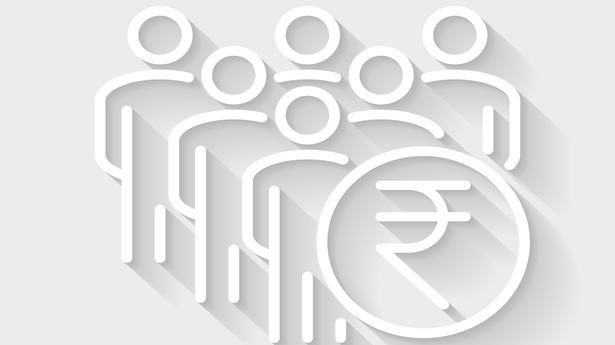
‘Freebies’, a judicial lead and a multi-layered issue
The Hindu
While it is useful to start with the definition of ‘subsidies’, the issue of ‘tax preferences’ also merits attention
The Prime Minister’s recent comment on “freebies” handed out by governments has reignited the debate on the economic rationale for granting subsidies. Market fundamentalists have seized the opportunity to press home the point yet again that subsidies are, per se, undesirable for they contribute to suboptimal outcomes for the economy. This unbridled affront on subsidies does not make a distinction between transfer payments that are made for running social welfare schemes (without which disenfranchised citizens of this country cannot hope to survive). When this debate began to go astray, it needed a strong reminder by the Supreme Court of India that in the on-going debate on subsidies and “freebies”, a distinction had to be made between expenditure made on social welfare schemes and “irrational freebies” offered to voters during elections.
The lead given by the Supreme Court to engage in a discussion on subsidies must be seen as the starting point to deal with an issue that is truly multi-layered. This becomes evident from a close reading of the Union Budget and the manner in which the various governments have presented data pertaining to subsidies and transfer payments. A more critical aspect is to understand why it is imperative for the Government to continue with agricultural subsidies and extend support to ensure that health and educational services are available to all. This issue needs to be raised as the narrative of market fundamentalists routinely harps on reducing government spending. But before delving into the intricacies of the way these payments have been presented for public consumption, it may be useful to start with the definition of what can be considered “subsidies”.
Although ‘subsidy’ is among the most discussed issues, a legally acceptable definition of this instrument is hard to come by. One exception is the Agreement on Subsidies and Countervailing Measures (ASCM) of the World Trade Organization. According to ASCM, a subsidy shall be deemed to exist if there is a financial contribution by a government or any public body where government practice involves a direct transfer of funds (e.g., grants, loans and equity infusion), and/or government revenue that is otherwise due is foregone or not collected, and/or a government provides goods or services.
‘Subsidy’ can also be any form of income or price support granted by the government. This is a comprehensive definition of what subsidies are, for it includes not only direct transfer payments by the governments but also taxes and charges that are not collected. This aspect has gone under the radar in the on-going discussion.
The Union Budget has provided data on direct subsidies and transfer payments from 2006-07 in a statement titled “Revenue Foregone under the Central Tax System” annexed to the Receipts Budget. Thus, the Union Budget includes all categories of subsidies that figure under the ASCM definition. However, from the Union Budget 2015-16 onwards, the title of the annexure was changed to “Statement of Revenue Impact of Tax Incentives under the Central Tax System”. So, replacing the term “revenue foregone” with “tax incentives” in the title of the Annexure was just a change in semantics.
Tax policy includes a range of measures that include special tax rates, exemptions, deductions, rebates, deferrals, and credits, all of which affect the level and distribution of tax. These measures are often called “tax preferences”, which are built into both direct and indirect tax regimes for realising specific benefits serving the greater public good. For instance, the Income-tax Act includes “tax preferences” to promote savings by individuals and for enhancing exports, creation of infrastructure facilities and scientific research and development by corporates. On the other hand, customs duty concessions are intended to promote exports. The more substantive point here is that tax preferences are considered as implicit (indirect) subsidies to preferred tax payers; therefore, they merit attention in the current debate on justification of subsidies.
Data on revenue foregone was first provided along with the Receipts Budget of 2006-07 covering both direct and indirect taxes. As regards direct taxes, which we shall consider here, data on its major components are obtained from the returns filed electronically by corporate and non-corporate assessees. The significance of revenue foregone in the case of direct taxes was underlined in a 2016 Comptroller and Auditor General of India (CAG) report in 2016, which showed that revenue foregone in 2010-11 was 21% of direct tax revenue and had decreased to 15% in 2014-15. However, a subsequent report showed that the share had climbed again to reach 22% of tax revenue in 2019-20.

NDA government in A.P. neglecting students and education sector badly hit, alleges Jagan Mohan Reddy
YSR Congress Party (YSRCP) president Y.S. Jagan Mohan Reddy has criticised the National Democratic Alliance (NDA) government in Andhra Pradesh, accusing it of neglecting all sectors and not paying the fee reimbursement benefits to the students.










